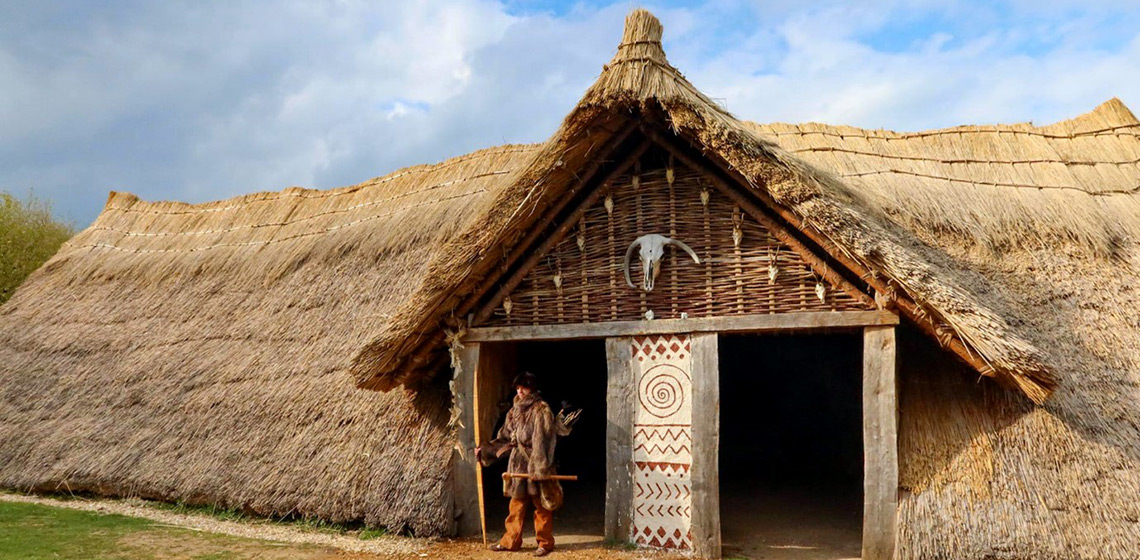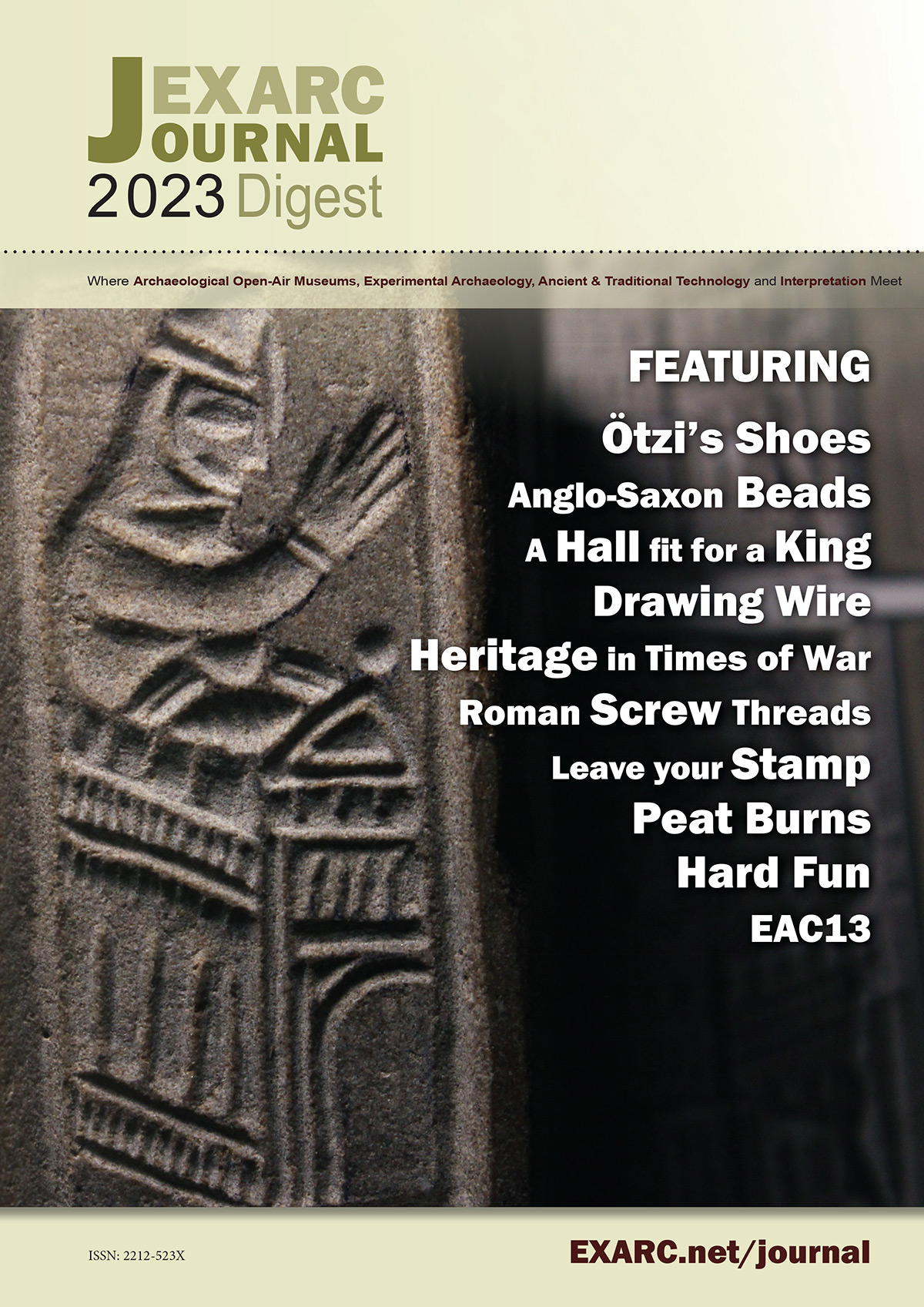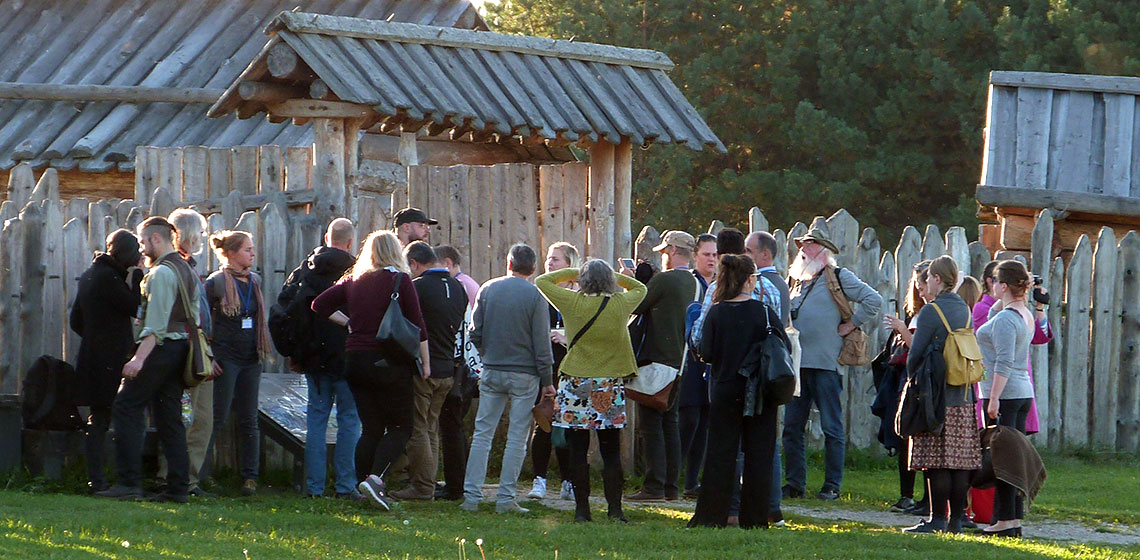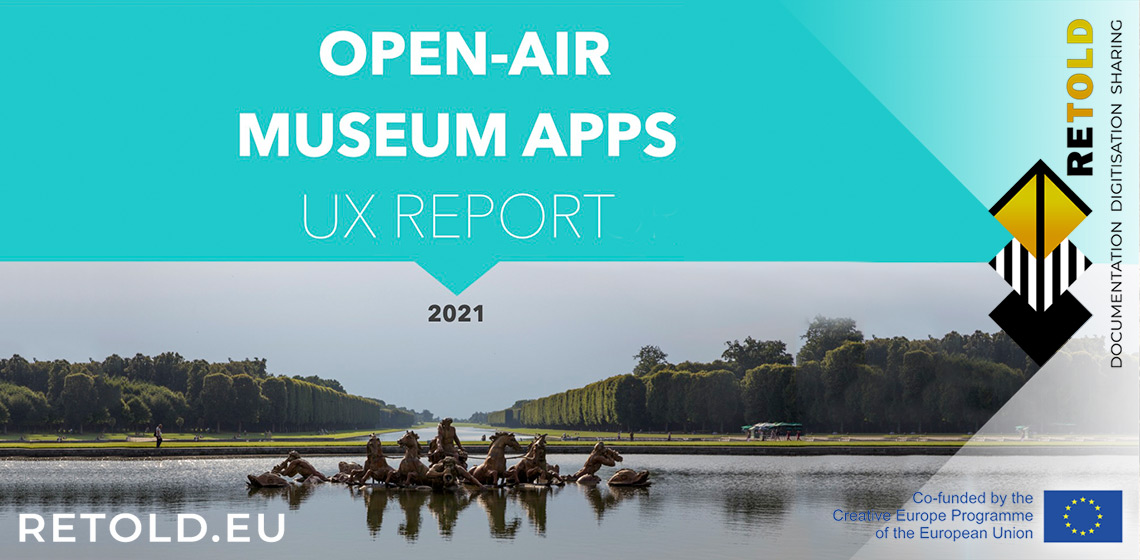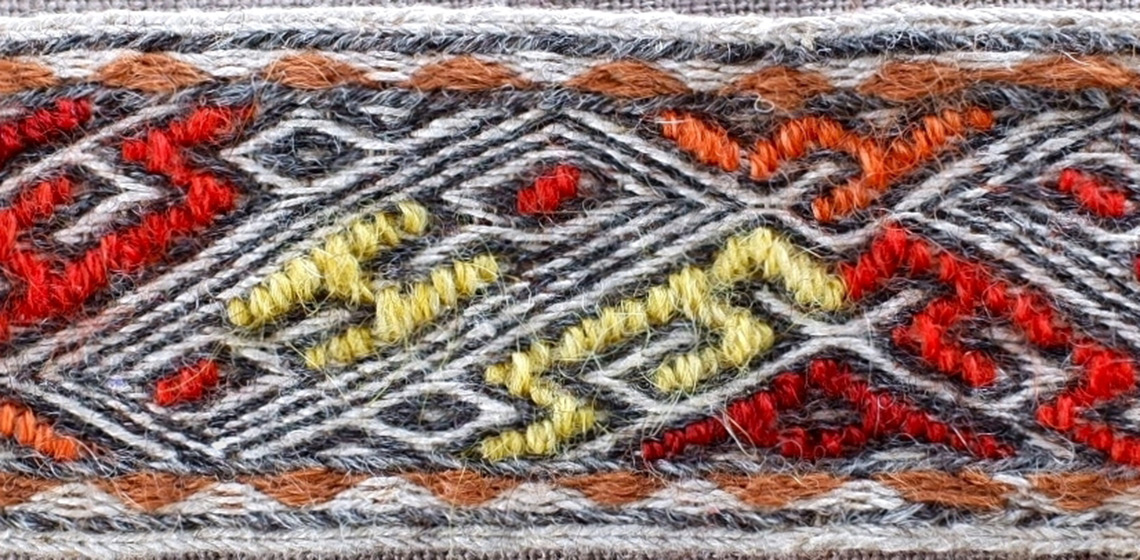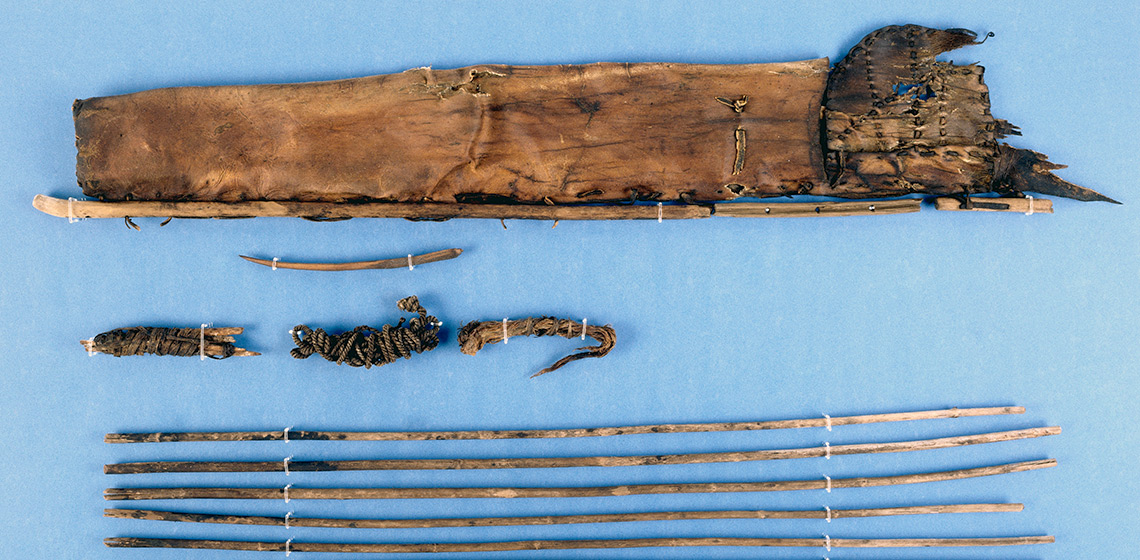EXARC Journal - Latest Articles
Pit Preserve from Ida – on the Problem of Charred Seeds from Prehistoric Pits
Introduction
A wild seed propagator and gardener (such as myself) relies on years of close human-plant interaction. The adaptability of domesticated and many wild plants to human economy and behaviour has always thrilled me. When I first read archaeological reports of frequent and large amounts of prehistoric charred seeds that were dumped in the ground I was bemused. It contrasted starkly with the care and sensitivity I use in the processes of seed harvest, drying and selection. So I started reading more and also charring seeds myself.
RETOLD: Open-air Museum Mobile Applications UX Report - Looking for Inspiration
Introduction
The RETOLD Project (2020-2024), launched by EXARC and funded by Creative Europe, aims to develop a standardised workflow to freely document, digitise and share the heritage of Open-air museums. One of its key features will be the release of a unified digital platform which will improve research capacity and the preservation of digitised heritage data. In addition, it will offer tools that will enable future museum professionals to achieve an active digital presence and enhance participation with communities, thus ensuring the long-term sustainability of these spaces.
A Tablet Woven Band from the Oseberg Grave: Interpretation of Motif and Technique
Introduction
The textile fragments from the Oseberg tomb (834 AD) in Norway are considered the world's largest and most important textile finds from the Viking Age. Among the textiles, 48 tablet-woven bands were identified and roughly divided into five categories by Margareta Nockert: I) Brocade, II) Tabby, III) Mixed I and II, IV) Ready threaded and V) Three or more colours without brocade (Nockert, 2006, pp. 147-155).

 The EXARC Journal (since 2004) is the leading Journal for those involved in
The EXARC Journal (since 2004) is the leading Journal for those involved in 